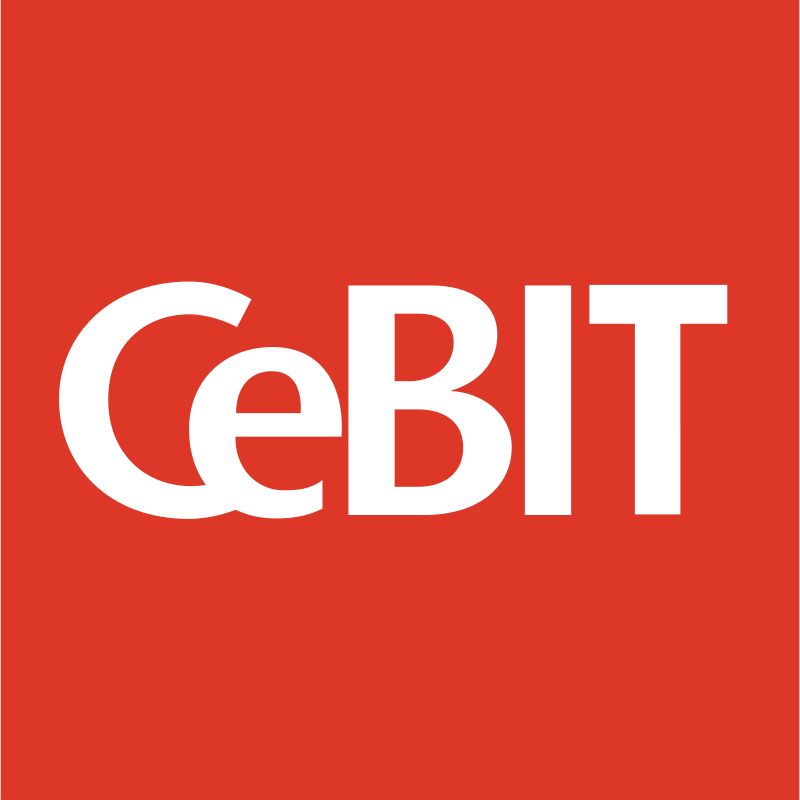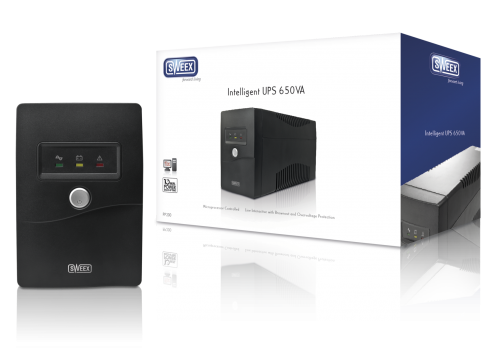Contents
Introduction
Once again, I went to Hannover to attend the 2016 CeBIT show in Hannover, Germany. This time however, I stuck around for two full days, which actually gave me the opportunity to wander around, unlike last time where I was confined to the Planet Reseller Hall (15). And even with all my wandering around, I still only managed to see less than one-third of the show, and of that, I’m covering even less. But that means I’ll have to set aside 3 days for next year’s visit. And definitely use those buses or VIP transport between the halls as the fairground is really huge and the show is scattered amongst many halls. Of the things I will cover here, they will consist mainly of power supplies (mostly ATX form factor), and also cases as I consider these two to be my primary areas of expertise.
There were the familiar companies like Zotac, MSI, Gigabyte, ASRock, Sapphire, Palit, AMD, Intel with displays set up there. I didn’t spend much time at those booths though, because firstly, they had almost no new technology on display that anybody who’s familiar with the PC market isn’t already aware of, and secondly, even if they had something worthwhile on display, the representatives of the bigger companies like MSI or Gigabyte were either constantly occupied, or showed no interest in talking to anybody. Besides, between large customers like wholesalers and some strange guy from a hardware site, you can guess who was the higher priority for them. And finally, my camera battery ran out the second day as I neglected to recharge it the night before ![]() Also, I’m no longer capable of keeping the track of all the news (just the PSU and enclosure market itself is HUGE), and besides, I always prefer to speak with actual people in order to get my information first hand rather than just wander around and look. But that takes time. Sometimes almost an hour per booth
Also, I’m no longer capable of keeping the track of all the news (just the PSU and enclosure market itself is HUGE), and besides, I always prefer to speak with actual people in order to get my information first hand rather than just wander around and look. But that takes time. Sometimes almost an hour per booth ![]()
As you can imagine then, this summary report will be focused mainly on companies that produce power supplies and/or cases, but I’ll also take a look at their other niche products if the offer them. To begin with lets take a look at Uninterruptible Power Supplies (UPS).
Uninterruptible Power Supplies
This year I found out that there is actually an entire hall dedicated to server equipment, but which also hosted about 6-8 UPS brands. Besides the familiar names like Eaton or APC, which were mostly displaying big systems up to several tens of kilowatts, there were a couple of others, like Delta Electronics, Ablerex, Kehua Tech and some others I was only vaguely familiar with. For these units aimed at the lower-end, I’ll be honest, I was a bit surprised when I learned that the rebranding was far more rampant than I had originally imagined. My estimate was that the Chinese “Must Power” company mostly supplies all the rebranders in Europe (like Gembird, Sweex, Belkin etc. etc.), and the only other OEM I saw was FSP Group. Basically everybody, and I really mean everybody, is using their units at least for the entry-level off-line plastic bricks.
The only exception for now is APC, Eaton (not directly, but for example their new cheap brand supposedly “powered by Eaton” did too) and Kehua Tech, these still use their own designs for their entire line-ups. But even Delta Electronics uses Must Power! That means that Must Power has captured well over 4/5 of the European market for private use and SOHO, which they can easily accomplish with their monthly output capacity of more than 80,000 units (and rising). I’ve in the past sporadically covered this PoS manufacturer within the database of output waveforms and as well as in an older Czech language article, and hopefully in the future I’ll have the opportunity to write an English article about that. Some of those brands even have their entire line-up composed solely of Must, and I instantly recognized some of their expensive on-line rackmount units that I came across before a couple of times. They usually completely fail within 5 years of operation and I was never able to repair any of them. They still look the same, and they haven’t even bothered to redesign the buttons or the display. What is even more funny is that some of these brands refer to themselves as OEM suppliers. But what they actually do is just buy the product from the real OEM (in this case Must), and then perhaps assemble it themselves, whilst applying their customer’s branding to the end product. Some “original manufacturer”… Oh my.
One of such said brands, who is still producing their higher-end series in their own factories (which I know for sure), but has these plastic bricks for their entry-level products, and who shall remain nameless, even insisted quite strongly that not only are they themselves the ones producing it, but also arguing with me that it’s their own in-house design. Unsurprisingly, they weren’t able to explain away why 6 other brands just a couple of meters away also had almost identical-looking units, only with the usual subtle differences, like the button style, the LED/display and the output socket numbers and configuration. And yeah, sometimes the color too. But the basic plastic body is the same, the internal electronics is 99+ % similar, and the LCD operation is the same (as well as the same fonts, layout and graphs). And then there are two or three very similar styles of output waveforms. Heck, they didn’t even bother to change the brand label color or location! But sure, they designed it from scratch and made in their own factory! This has gone too far if you ask me, and while sometimes the APC or Eaton units really are substantially more expensive, at least their units don’t constantly overheat, and they don’t leak battery acid in 1 out 5 units.



